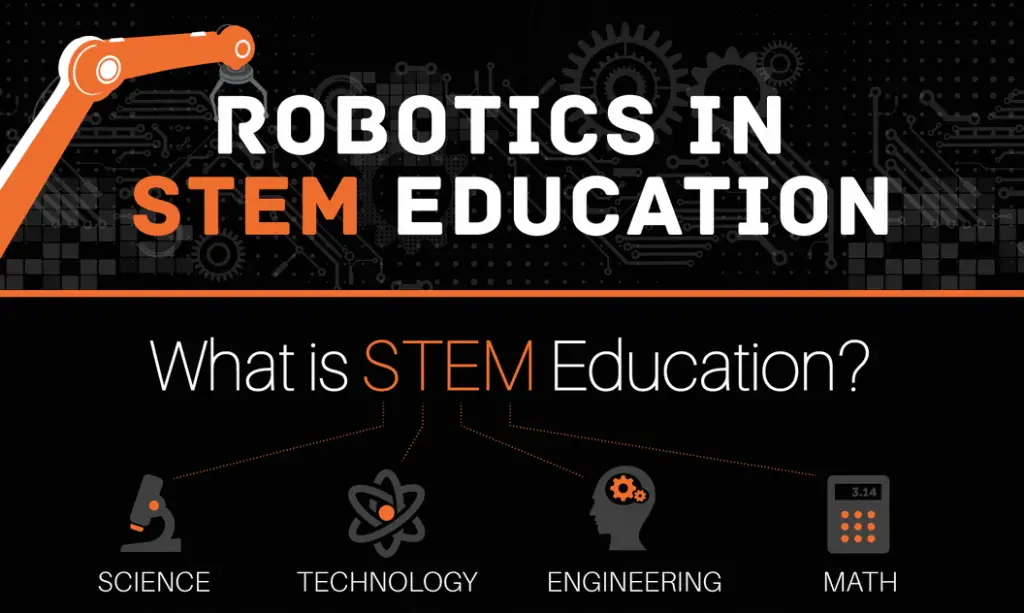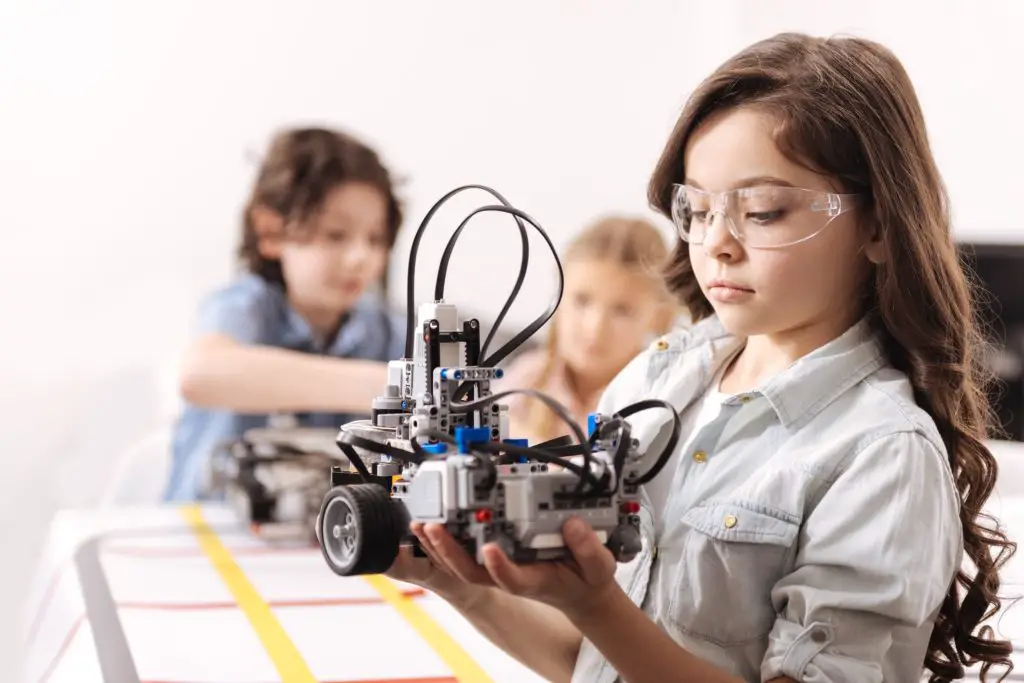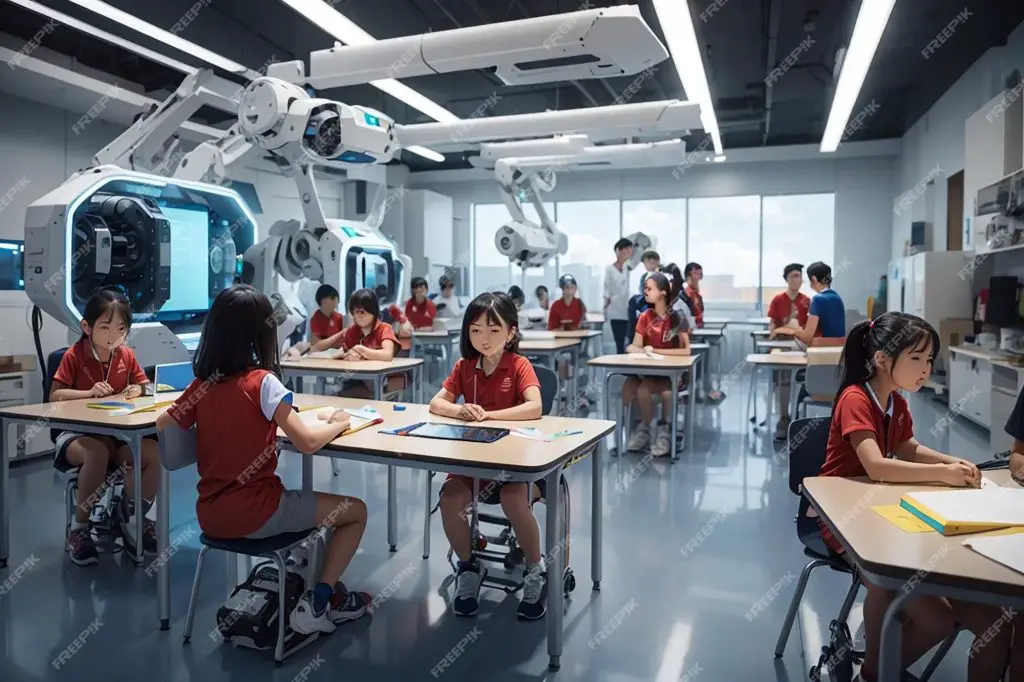Robotics is rapidly transforming STEM (Science, Technology, Engineering, and Mathematics) education, offering students hands-on learning experiences that enhance critical thinking and problem-solving skills.

As robotics continues to advance, its presence in the classroom is growing, equipping students with practical skills in areas like programming, engineering, and automation—crucial for future tech-driven careers. In parallel, the rise of top free online learning platforms for self-education is giving learners the opportunity to explore these subjects independently, offering accessible pathways to gain hands-on knowledge and stay ahead in an evolving digital world.
Enhancing Hands-On Learning and Problem-Solving
Robotics introduces students to practical applications of STEM concepts. By assembling and programming robots, learners develop skills in coding, electronics, and mechanics while engaging in interactive problem-solving. Educational robotics kits like LEGO Mindstorms, VEX Robotics, and Arduino allow students to experiment with real-world engineering challenges, making learning both fun and engaging.

Robotics not only builds technical knowledge but also promotes innovation and teamwork. Students collaborate in groups to create and troubleshoot robotic projects, which strengthens their communication and cooperative problem-solving skills. This engaging, hands-on learning method makes challenging STEM concepts more accessible and motivates students to explore careers in science and technology. Meanwhile, AI-powered chatbots are transforming student support systems by offering instant help with academic, administrative, and personal queries—ensuring continuous, personalized assistance throughout the learning journey.
Preparing Students for Future Careers
As industries increasingly rely on automation, the demand for robotics and AI expertise is growing. Schools integrating robotics into their curriculum help students develop skills that are highly relevant to future careers in robotics engineering, artificial intelligence, and mechatronics. Learning to program and operate robots provides students with a strong foundation in computational thinking, an essential skill in the modern workforce.

Events such as the FIRST Robotics Competition and RoboCup offer students a platform to demonstrate their abilities, fostering innovation and practical problem-solving. These competitions expose participants to real-world applications and industry-relevant experiences, helping them build both confidence and expertise in STEM disciplines. At the same time, the growing use of IoT in smart classrooms and digital learning environments is enhancing these learning experiences by enabling real-time data collection, seamless connectivity between devices, and interactive, tech-driven instruction—further bridging the gap between education and industry.
Challenges and the Future of Robotics in Education
Despite its benefits, integrating robotics into education presents some challenges. High costs of robotics kits and limited access to resources make widespread adoption difficult, particularly in underfunded schools. Additionally, teacher training and curriculum development are essential to ensure effective implementation.

However, the future of robotics in STEM education is promising. AI-driven robotics and cloud-based learning platforms are making robotics more accessible, enabling students to code and control virtual robots without expensive hardware. As technology advances, more affordable and scalable robotics solutions will emerge, allowing greater adoption in schools worldwide.
Conclusion
Robotics is revolutionizing STEM education by providing hands-on learning experiences that enhance problem-solving, teamwork, and technical skills. Despite challenges like cost and accessibility, the growing importance of automation and AI ensures that robotics will play a crucial role in preparing students for future careers. As robotics education continues to evolve, it will inspire the next generation of innovators and engineers.